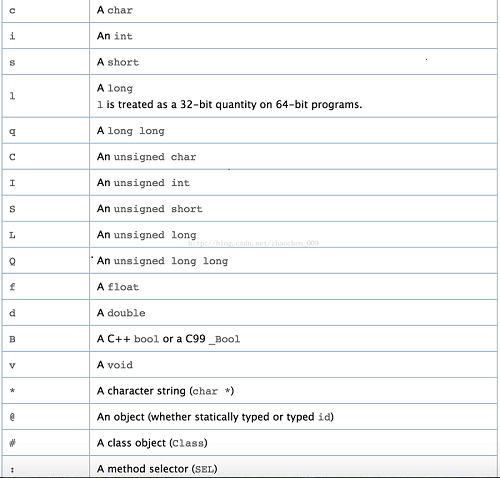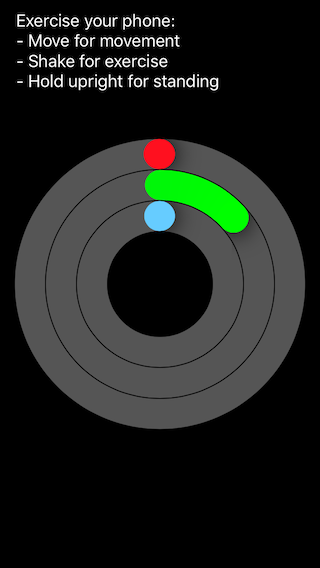iOS runtime forwardInvocation詳解及整理
iOS runtime forwardInvocation詳解
代碼:
TestModel
- (NSMethodSignature *)methodSignatureForSelector:(SEL)aSelector {
if(aSelector == @selector(testMethod))
{
return [NSMethodSignature signatureWithObjCTypes:"v@:"];
}
return nil;
}
-(void)forwardInvocation:(NSInvocation *)anInvocation
{
if (anInvocation.selector == @selector(testMethod))
{
TestModelHelper1 *h1 = [[TestModelHelper1 alloc] init];
TestModelHelper2 *h2 = [[TestModelHelper2 alloc] init];
[anInvocation invokeWithTarget:h1];
[anInvocation invokeWithTarget:h2];
}
}
TestModelHelper1
-(void)testMethod
{
NSLog(@"i am TestModelHelper1");
}
TestModelHelper2
[objc] view plain copy
-(void)testMethod
{
NSLog(@"i am TestModelHelper2");
}
主調用類
TestModel *model = [[TestModel alloc] init]; [model testMethod];
TestModel本身沒有實現testMethod方法,但最終運行後,程序沒有報錯,且TestModelHelper1和TestModelHelper2的testMethod方法都被執行了
1.forwardingTargetForSelector同為消息轉發,但在實踐層面上有什麼區別?何時可以考慮把消息下放到forwardInvocation階段轉發?
forwardingTargetForSelector僅支持一個對象的返回,也就是說消息只能被轉發給一個對象
forwardInvocation可以將消息同時轉發給任意多個對象
2.methodSignatureForSelector如何實現?
methodSignatureForSelector用於描述被轉發的消息,描述的格式要遵循以下規則點擊打開鏈接

首先,先要了解的是,每個方法都有self和_cmd兩個默認的隱藏參數,self即接收消息的對象本身,_cmd即是selector選擇器,所以,描述的大概格式是:返回值@:參數。@即為self,:對應_cmd(selector).返回值和參數根據不同函數定義做具體調整。
比如下面這個函數
-(void)testMethod;
返回值為void,沒有參數,按照上面的表格中的符號說明,再結合上面提到的概念,這個函數的描述即為 v@:
v代表void,@代表self(self就是個對象,所以用@),:代表_cmd(selector)
再練一個
-(NSString *)testMethod2:(NSString *)str;
描述為 @@:@
第一個@代表返回值NSString*,對象;第二個@代表self;:代表_cmd(selector);第三個@代表參數str,NSString對象類型
如果實在拿不准,不會寫,還可以簡單寫段代碼,借助method_getTypeEncoding方法去查看某個函數的描述,比如
-(void)testMethod
{
NSLog(@"i am TestModelHelper1");
Method method = class_getInstanceMethod(self.class, @selector(testMethod));
const char *des = method_getTypeEncoding(method);
NSString *desStr = [NSString stringWithCString:des encoding:NSUTF8StringEncoding];
NSLog(@"%@",desStr);
}

把數字去掉,剩下v@:,與之前我們的描述一致
-(NSString *)testMethod2:(NSString *)str
{
Method method = class_getInstanceMethod(self.class, @selector(testMethod2:));
const charchar *des = method_getTypeEncoding(method);
NSString *desStr = [NSString stringWithCString:des encoding:NSUTF8StringEncoding];
NSLog(@"%@",desStr);
return @"";
}

結果是@@:@,與之前結論一致
感謝閱讀,希望能幫助到大家,謝謝大家對本站的支持!




